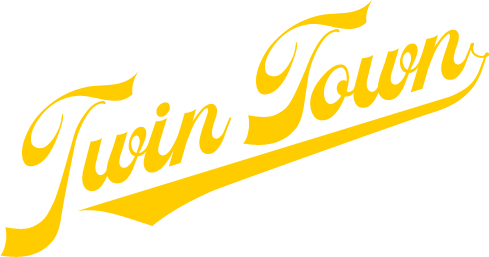HOW You Move Matters
From the number of steps we take each day to the total calories we burn in a workout to the number of push-ups we can complete in a row, there are countless metrics we use to quantify fitness. Knowing these numbers helps us track progress, find challenges in our workouts and adds friendly competition to the inherent struggle in the gym.
You can measure every conceivable fitness metric or take no notice of the numbers, however as with most things in life, the happiest place to be likely isn’t at one of the extremes but somewhere in the middle. But no matter where you fall on the spectrum, one often overlooked detail is far more difficult to quantify: how we move.
With so much emphasis on how fast your last 5k was, the number of reps you completed in today’s workout, or the last deadlift PR you hit, it’s easy to overlook the important movement mechanics we need to truly get better. While a perfectly executed squat or a strong running gate might not make for an exciting Instagram post, the benefits of putting quality first are hard to deny.
Quality movement ensures that:
We’re strengthening our bodies through a full and natural range of motion. Focusing on moving well gives us a chance to slow down, check in with how we’re feeling as we work, and ensure that we’re challenging ourselves through the most beneficial ranges of motion possible.
When it’s time to add quantity, we know we’re adding reps that will make us better. A huge deadlift isn’t impressing anyone if your back looks like a turtle shell, 50 push-ups in a row isn’t a feat of strength if every rep is to an arbitrary depth, and how many miles you logged this year isn’t doing you any good if your knees are wrecked from a broken stride. Start with quality, then add quantity!
We’re challenging ourselves in ways we can sustain. The personal records we set need to be celebrated for sure, but keeping the long-term goal (being healthy, fit and strong for a lifetime) top of mind is what separates the pros from the rest. Side note: I’m writing this for the everyday exerciser. The sustainability conversation can change for those setting themselves up for lifelong financial success with a career in a high-paying sport—that just sure as hell isn’t me!
We can keep expanding what we’re capable of. When we embrace the initial discomfort of the learning process, we put long-term success ahead of fleeting momentary victories. While it’s tempting to want to go right to the exciting stuff (fast pace, heavy weight, complex movements, etc.), I can tell you with certainty that it’s those who pump the brakes and learn to do the basics well who finish further in the end. Want to snatch your body weight? First learn to do it well with an empty bar. Want to walk on your hands? Work to a great static handstand first! You get the idea.
The best part about all this? It’s not an “either-or” endeavor, and those who do put quality first are also those with the most capacity and ability. The crossover here really can’t be understated. Think about your favorite athlete. No matter the sport, those at the top are usually the ones who’ve put much more emphasis on mastering their craft than just grinding it out on game day. We might not see it—because mastering the details sure isn’t exciting—but any behind-the-scenes footage of the pros shows the true dedication to the un-sexy work they put in.
At the end of the day, where you put emphasis in your workouts is up to you, and as long as you’re actually working out, you’re doing a lot right. However, I hope that this post serves as a reminder that there are numerous ways to think about progress and that working harder and accumulating more volume is just one of them. Need help? Talk to your coaches! We’re always here to help you work through the sticking points.

